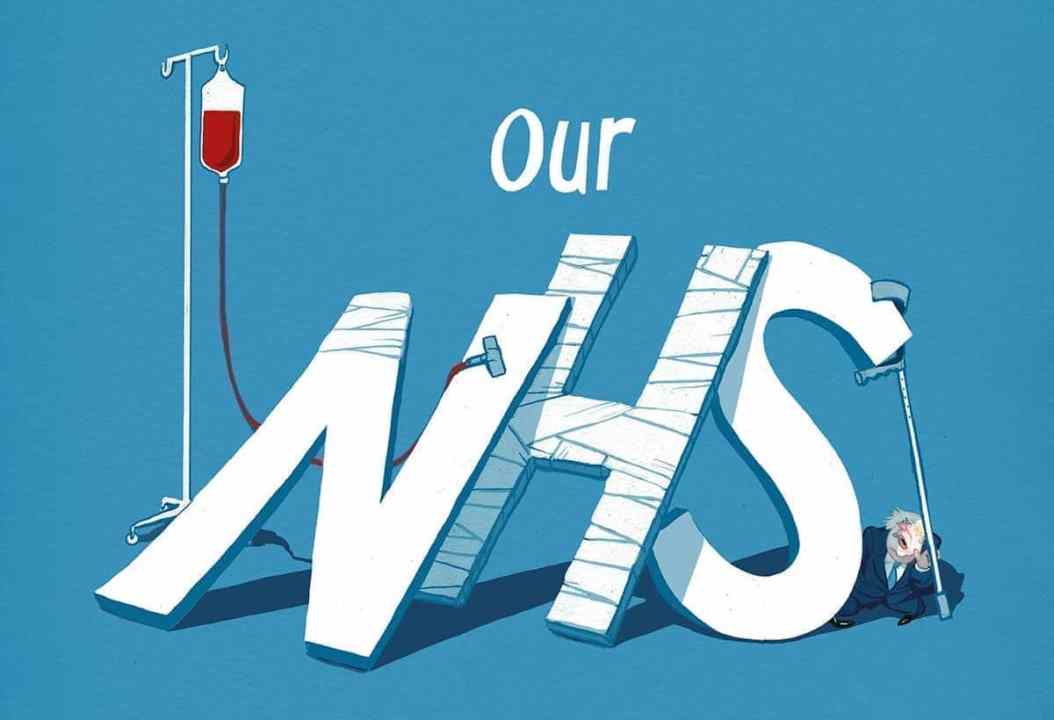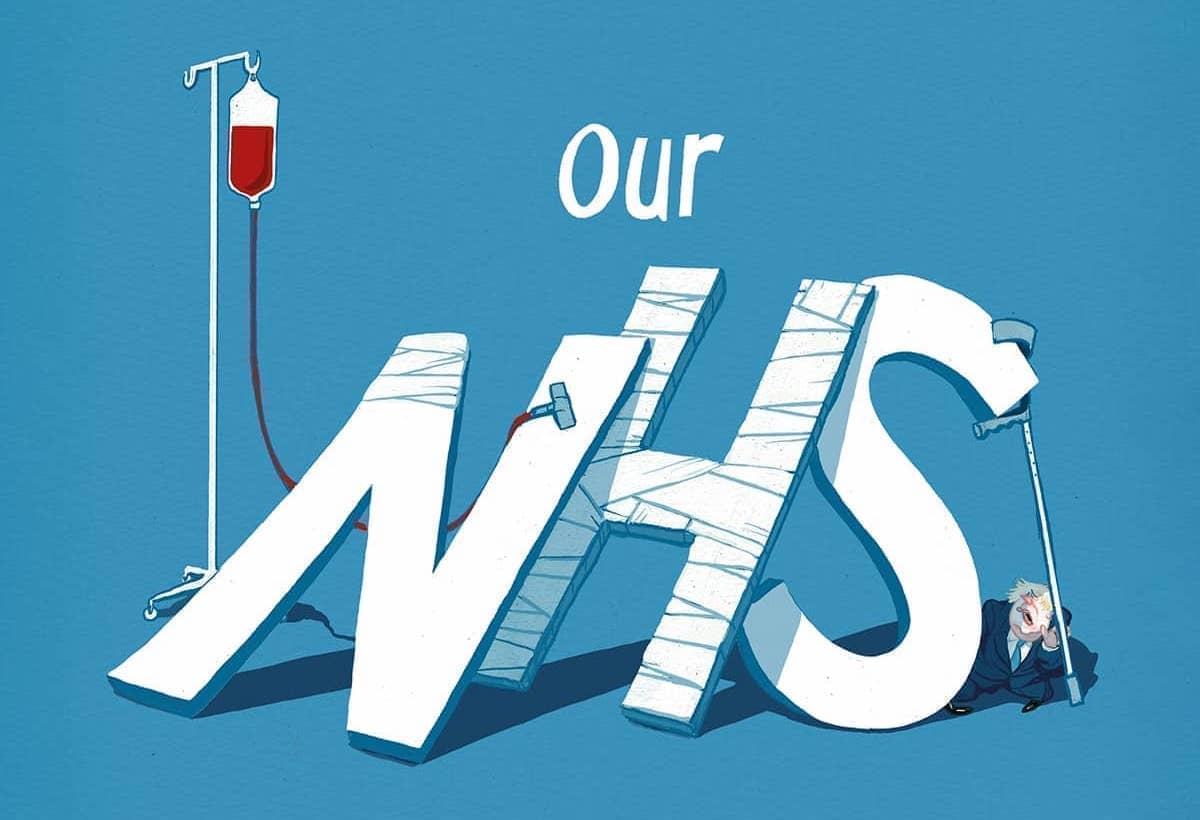The NHS has a crisis every winter, but this year’s is on a different scale. Before a wave of strikes puts patients and care at risk, stats released by NHS England this morning show a health service already on the brink.
Last month, the number of 12-hour waits in A&E departments in England exceeded 37,800, having hit almost 44,000 the month before: a decrease, but a worrying number still. Waiting lists for consultant-led treatment have grown by 74,000 cases and now stand at 7.2 million. Ambulance waiting times are still far higher than they should be too: now at 48 minutes. All of this before the going really gets tough.
Here’s what this morning’s monthly NHS statistical release tells us:
1. Hospital waiting lists continue to grow
Hospital waiting lists in England currently stand at 7.2 million and they’re likely to get worse – already they are up nearly 74,000 in a single month. Modelling leaked to The Spectator in February suggests they could hit nine million by the next election. Of course, we don’t know how many of the 7.2 million are individual people. Someone might be on the waiting list for multiple cases. If the NHS has that figure, they should publish it.
2. The number of one-year waits has climbed too
The number of those waiting more than a year for treatment is shooting up too: it is now more than 410,000 patients. These are levels not seen since last March, during the third lockdown. The waiting list keeps growing – it’s already some 276,000 longer than where worst-case NHS modelling expected it to be.
3. Ambulance waits
Ambulance response times for Category 2 calls – emergencies including heart attacks and strokes – have improved slightly to 48 minutes, having been more than an hour the month before. The target is 18 minutes. The most serious Category 1 calls are now at 9.4 minutes.
4. Thousands of patients are waiting more than 12 hours in A&E
Almost 38,000 patients waited longer than 12 hours for admission to emergency departments – better than last month’s record of 44,000, but still far higher than pre-pandemic levels. Remember that the target is to see 95 per cent of those turning up at A&E within four hours. Last month they only achieved a success rate of 69 per cent. However, A&E doctors dealt with more attendances – 2,166,710 – than any previous November on record.
5. Delayed discharges
More patients are going into hospitals than coming out: less than half of fit patients were discharged on time last month. More than 13,000 patients spent more time in hospital than needed every single day – the equivalent of around one in ten beds over the month were taken up because of this.
6. Cancer targets not met again
Separate NHS targets exist for cancer diagnoses: 75 per cent of patients must either have their cancer confirmed or get the all-clear within 28 days. The actual figure is now at 69 per cent – a slight improvement on last month’s figures. This 28-day cancer diagnosis target hasn’t been met for the sixteenth month running.
The consequences of a spluttering NHS couldn’t be higher. When the Office for Budget Responsibility scored Rishi Sunak’s Autumn Statement they hinted that its failures were hurting the economy. They expect the disability benefits caseloads to rise ‘by 1.1 million in 2026-27: ‘This revision’, they say, ‘echoes the rise in health-related labour market inactivity, suggesting they may share a common cause.’ In a footnote the OBR announced they will be investigating ‘the possibility of causal links between successive waves of Covid infections, the prevalence of long Covid, and the implications of the rising NHS waiting list, for the labour market and benefits’, before their next forecast.
Some four million Britons say that poor health limits their daily lives ‘a lot’. Yesterday, analysis from the Institute for Fiscal Studies found that in summer last year 15,000 working-age people started a new disability benefits claim every month: an average figure unchanged for years. But this year it doubled to 30,000 (it tripled for teenagers). The IFS were at pains to state that their analysis does not consider whether NHS backlogs have contributed to this. But boy does it seem likely.








Comments